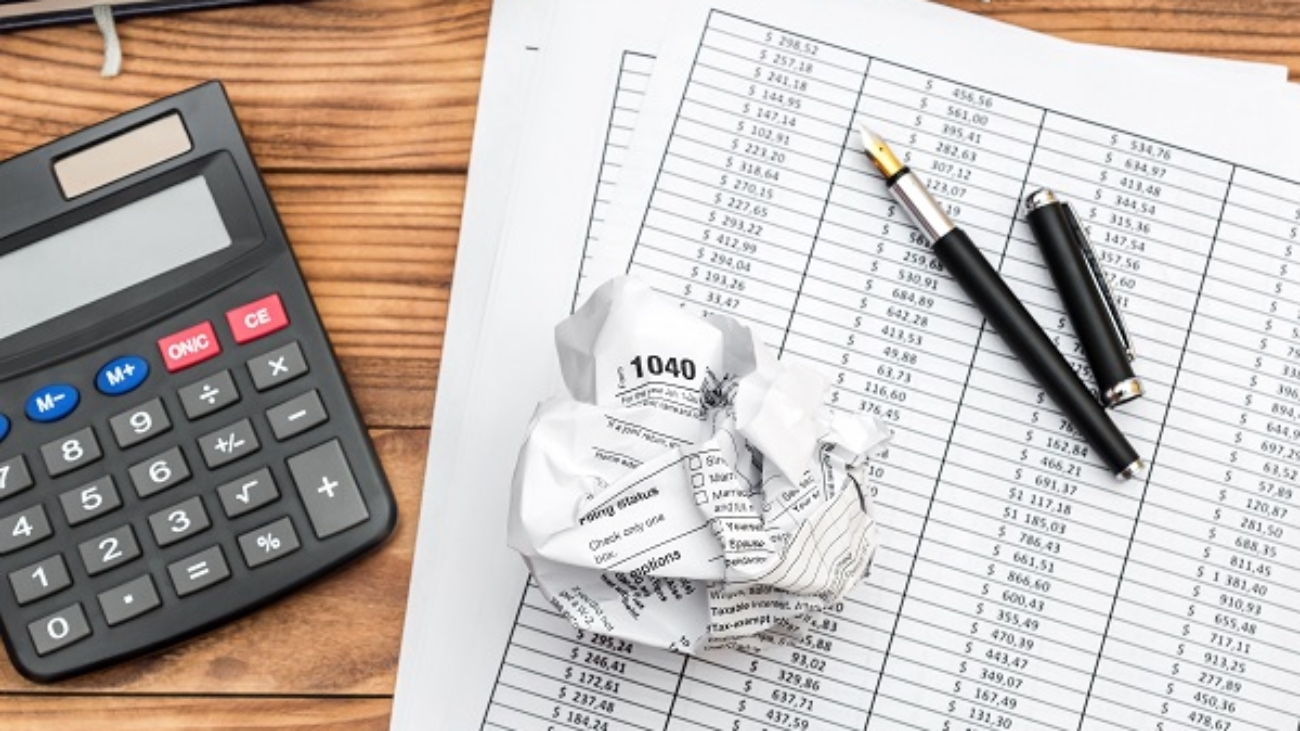The Congress at Work series of articles is designed to give you a glimpse of various types of legislation currently under consideration. While either the Senate or the House of Representatives may initiate a bill proposal, be aware that many bills never become law; they may never make it out of committee, be blocked by a Senate filibuster, be delayed, lack enough votes, never be agreed upon by the two houses, or vetoed by the president.
A bill to amend Title 38, United States Code, to extend and modify certain authorities and requirements relating to the Department of Veterans Affairs and for other purposes. (S 2795) – This bill was introduced on September 13 by Senator Don Tester (D-MT). This act extends various Department of Veterans Affairs (VA) programs and benefits, including extending the use of contract healthcare professions for disability exams from three to five years; extending authorization for VA emergency preparedness for public health emergencies through fiscal year 2028; and extending certain fee rates under the VA’s home loan program through November 15, 2031. The bill passed in the Senate on September 13, the House on September 26, and was signed into law by the President on October 6.
Wounded Warrior Access Act (HR 1226) – This bill requires the VA to develop and maintain a secure online website that will allow claimants to request records related to their VA claims and benefits, as well as a process for reporting violations. The legislation was introduced by Rep. Pete Aguilar (D-CA) on February 28. It passed in the House on March 7, the Senate on November 2, and was signed into law on November 13.
Korean American Valor Act (HR 366) – This act amends U.S. Code Title 38 to treat certain members of the armed forces of the Republic of Korea, who served in Vietnam under the Armed Forces of the United States, as veterans for purposes of qualifying for healthcare by the VA. The legislation was introduced on January 13 by Rep. Mark Takano (D-CA), and was passed in the House on May 22 and in the Senate on October 19. The bill was enacted by President Biden on November 13.
A bill to amend Title 38, United States Code, to strengthen benefits for children of Vietnam veterans born with spina bifida, and for other purposes. (S 12) – Introduced by Sen. Mike Braun (R-IN) on Jan. 26, this bill requires the VA to provide healthcare, job training and monetary benefits to children of Vietnam veterans who were born with spina bifida – for the duration of the child’s life. The bill also requires the VA to establish an advisory council responsible for the care, coordination and ongoing outreach to assist with any care changes over time. The bill passed in the Senate on July 13, the House on September 19, and was signed into law on October 6.
Further Continuing Appropriations and Other Extensions Act, 2024 (HR 6363) – This continuing resolution (CR) was introduced by Rep. Kay Granger (R-TX) on Nov. 13. It is part of a two-step process to continue funding most government programs and activities at fiscal year 2023 levels for the current fiscal year (2024). The CR expires on January 19, 2024, by which time budget legislation will need to be passed in order to avoid a government shutdown. This CR passed in the House on November 14, the Senate on November 15, and was signed by the President on November 16.










